As photographers, we tend to get a little misty-eyed when we daydream of our next gear purchase. We’re constantly obsessing about the newest camera or the latest lens – or even what releases our favorite brand has in store for us in the coming months.
And let’s face it, we’re hoping that new gear can help us capture better photos – and it often can.
Of course, I can already hear some of my fellow photographers calling foul on this blasphemous idea. Anytime a new camera or lens is introduced, it’s like a contest to see who’s the first to cry, “New gear won’t make you a better photographer / help you get better photos!”
Although, that’s not entirely true, is it? Sure, it can come down to how you define “better photographer” or “better photos,” but there’s little doubt that more capable gear can help us realize the full potential of our current photographic skillset.
After all, if gear didn’t matter, we’d all be running around with entry-level cameras and fat wallets. And yet, 99.9% of those who are so quick to point out the limits of new gear aren’t shooting film cameras and manual focus lenses, are they?
The truth is, gear matters and it can help you secure better photos, but it’s only one part of the equation. You also have to consider technique and artistic / creative vision too. Think of them as the three pillars of a great image.
Proficiency with just one of the three pillars can snare you the occasional wall-hanger. However, if you want to consistently produce images that drop the collective jaws of your viewers, you’ll need to master all three.
Let’s tackle these one by one.
Pillar 1 – Gear
There’s no getting around it – you need gear to create photos. What gear you need, that’s the real trick. We all have different needs and I think those differences are the root cause of all the rabid equipment fanaticism that we see crop up during gear discussions. What’s an advantage for one photographer is extra baggage for another. If you don’t believe me, ask around if video is essential on a digital camera. And grab a bag of popcorn.
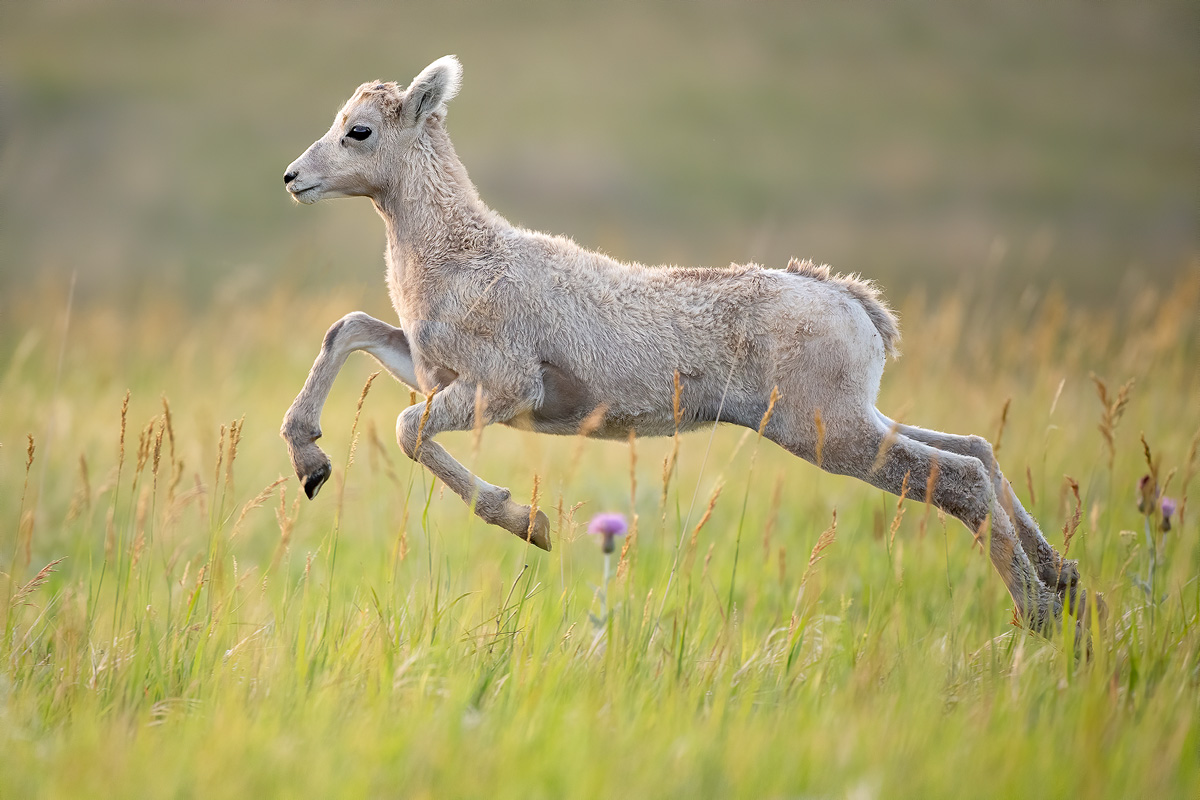
The key to choosing the right gear is simple – consistent capability.
This means that the gear in question is consistently capable of doing the job you require for the types of images you make. So, by definition, this means that we aren’t all going to see eye-to-eye here.
For instance, if I work hard enough, I can capture a bird-in-flight image with a digital medium format camera. In the process, I’ll likely miss hundreds of attempts because flying birds were never the design intention for this camera. It’s not as fast or capable as a more action-oriented DSLR or mirrorless camera and lacks the longer lenses to get the job done. In short, while the camera can technically capture the image, it can’t do so consistently.
Now, take that same scenario with virtually any modern, high-end DSLR and telephoto lens. Gear like that is perfectly capable of handling the technical demands of photographing our winged lunatic, so you’re no longer fighting the equipment. In turn, your consistency rate (directly related to your keeper rate) goes through the roof by comparison.
Basically, no matter how great your hammer is, if your priority is drilling holes, it’s useless.
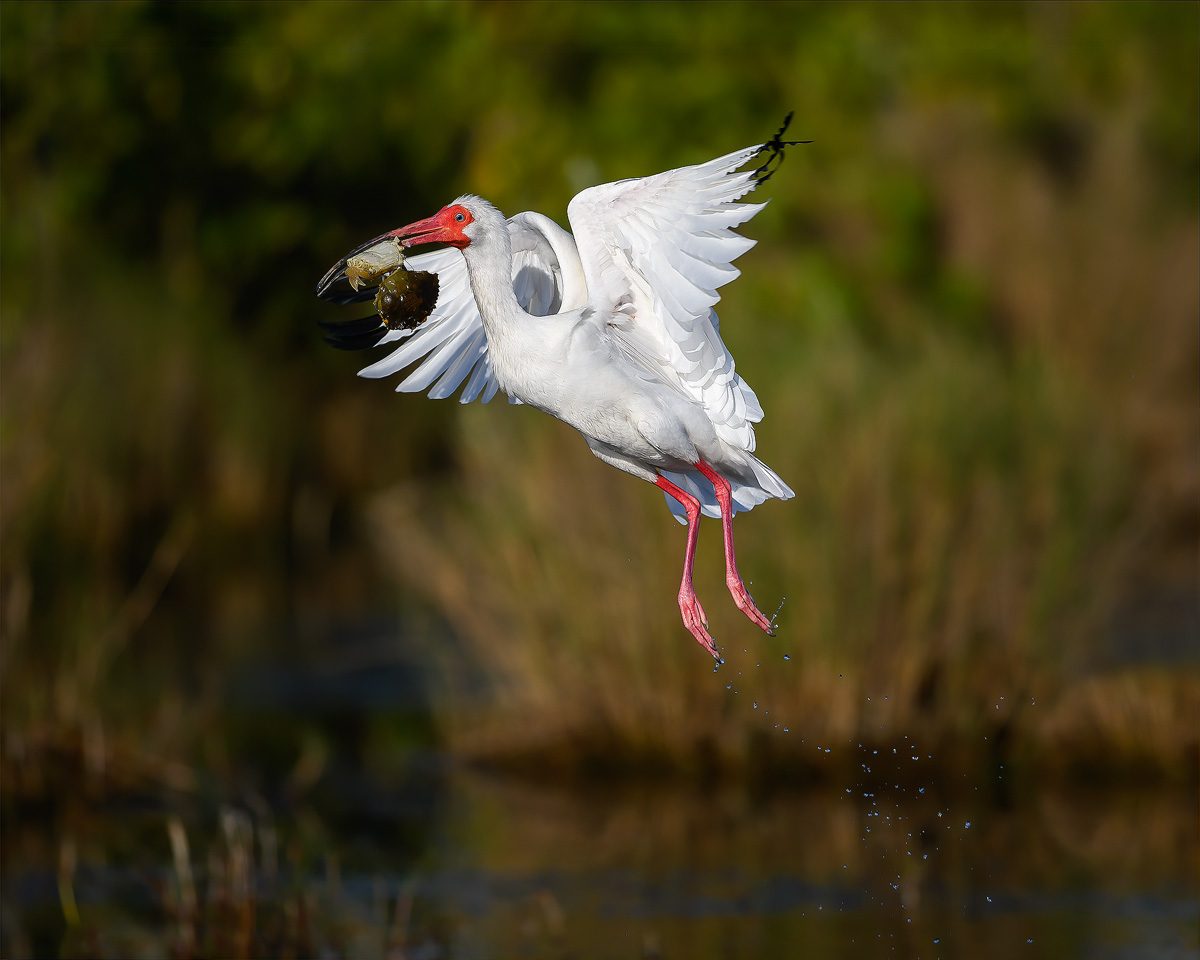
I’ll grant you, that was an extreme example, but you don’t need a grand-canyon-like chasm between different pieces of gear to see a significant difference in keeper rate. Often just an upgrade to the next level of camera or a new model can bring noticeable gains, depending on how well the improvements match your needs.
After all, suppose you’re doing everything right on your end but the equipment isn’t keeping pace. If you upgrade to gear that can keep pace it’ll have a direct and meaningful impact on your keeper rate. And, if that extra keeper rate nets you more knock-out images on every outing, the gear has helped improve your photography.
Higher keeper rates and more consistent results are why most of us upgrade past an entry-level camera. The various systems in that level of camera aren’t capable of consistently capturing the kind of images many of us want. We run into a technical blockade.
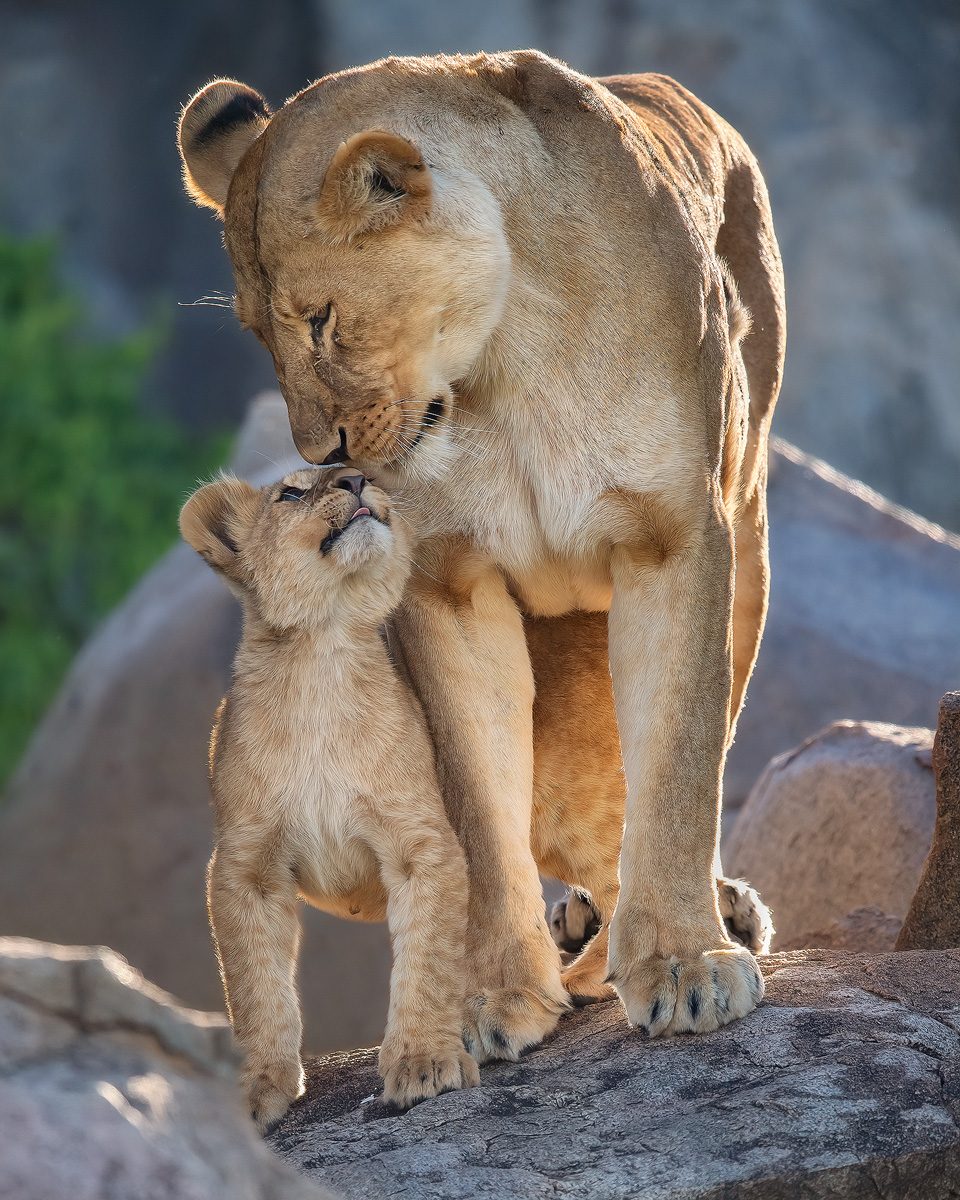
It’s not that we can’t get great photos with an entry-level camera; it’s that the systems in that camera aren’t as capable as higher-end gear so our keeper rate is lower. When you miss shots because AF can’t keep pace, the frame rate is too slow, or the buffer is shallower than an Instagram influencer, you start looking for systems that can keep up.
I think this is why there is always so much dissension when a new camera comes out. For some, the benefits the new camera brings to the table won’t overcome a technical limitation(s) causing a problem for them. For others, it does. It depends on what and how you shoot.
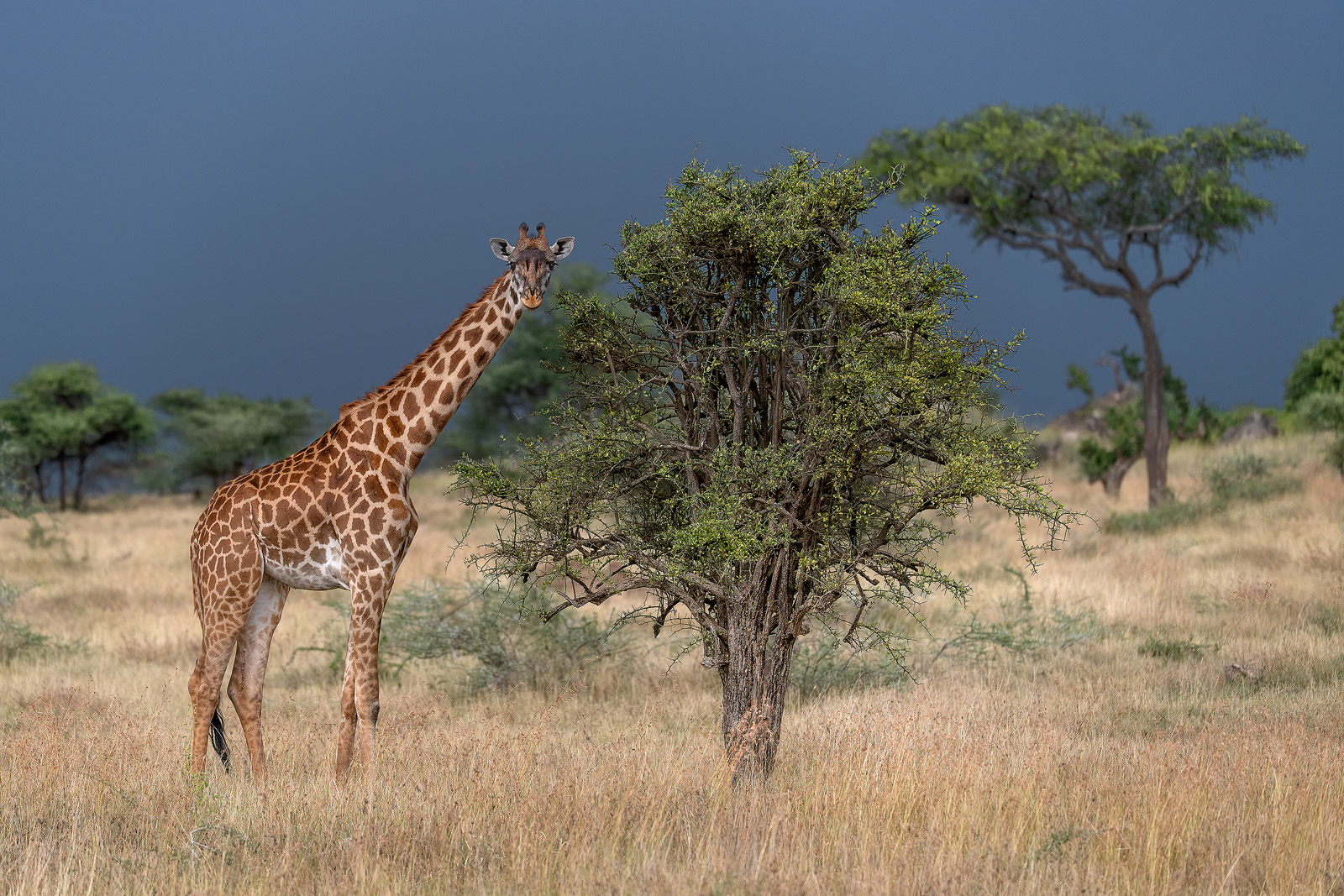
By the way, these same guidelines apply to glass – the next optical step up can often bring improved performance and noticeably sharper images.
Understanding the role of gear also serves as a guide for when it’s time to upgrade. When a new camera or lens comes out, ask yourself if it’s offering any benefits that have the potential to increase the keeper rate for what you shoot. Does it solve any of the problems you encounter in the field?
By the way, if you’re not sure how a new piece of gear benefits your photography (or what gear to get), the upgrade will probably do very little for you. My advice is to get out and shoot more – active shooters can readily identify what they would like to see in their next camera or lens.
Finally, I know some of the die-hards also like to point out that if the gear we use is so essential, why do they still have images captured ten years ago that look great?
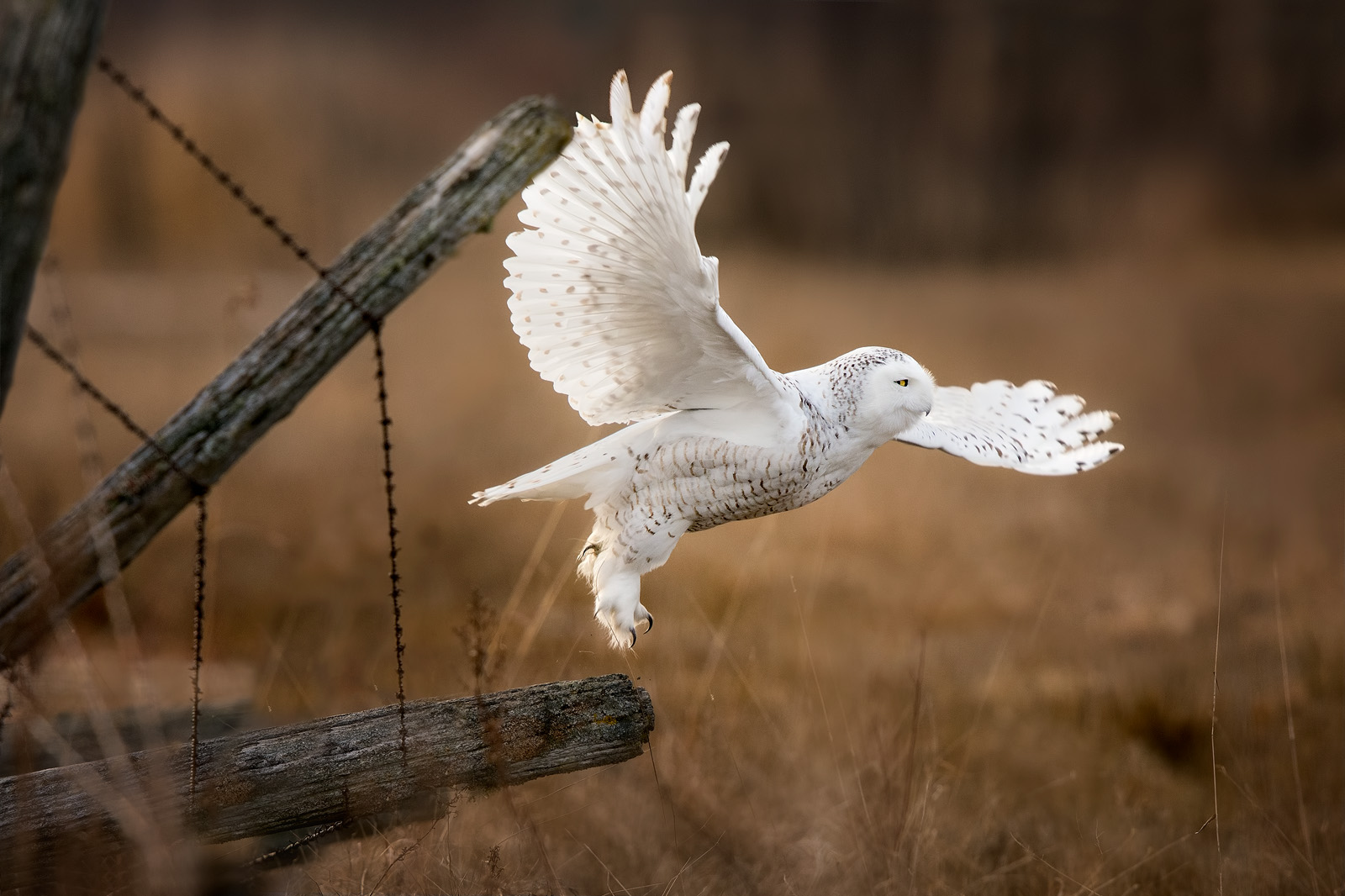
Easy – the gear you had at the time was capable of getting that shot at that exact moment. However, it doesn’t necessarily follow that the same gear wouldn’t hold you back now. In fact, it’s more than a little likely your newer camera’s technical advantages are putting more keepers on your card than your camera of a decade ago.
Pillar 2 – Technique
Technique is the ability to leverage the technical benefits of your gear to consistently create fantastic imagery.
And this is where people get into trouble.
Too often, photographers blame their problems on a deficiency with the gear when in reality, it’s a deficiency in their technique. This is where the idea that new gear won’t make you a better photographer comes into play. If you haven’t developed your technique and proficiency to a level that allows you to take advantage of the improvements with new gear, that new gear won’t serve you nearly as well as someone with a more honed set of skills. However – it still may help you to get more from your current skillset.
Once again, let’s turn to birds-in-flight shots for our example, but this applies to any action scenario. To prevent images so soft that pillow companies want to use them as stuffing, you need to practice proper techniques. You need to know what shutter speeds, F/stops, frame rates, AF modes, and settings to use.
Of course, a set of fine-tuned physical skills are also essential for capturing images of our avian friends. Things like getting on and staying on the bird, knowing how to keep the AF area where you want it, when to shoot, when to stop, and a host of other variables having zero to do with the camera in your hand.
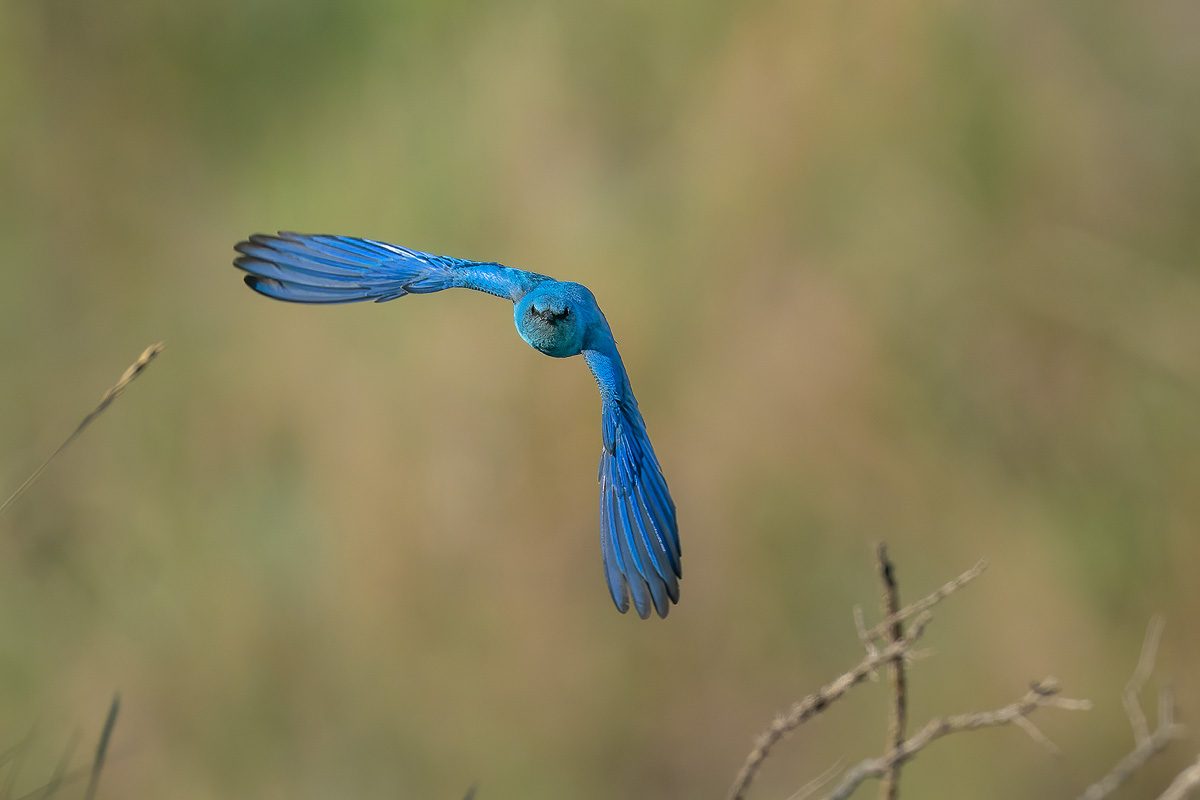
Sure, buying a new camera may help a little here, since some improvements (like better AF) often act as a band-aid to poor technique or inexperience.
For example, my wife was just starting to learn BIF photography when we went on our last Africa trip. While she grabbed a shot here and there with our Nikon DSLRs, her hit rate was still discouragingly low. (Yes, I was helping her, but as any married couple will tell you, teaching your spouse something new can quickly have both parties Googling “divorce lawyer” if you’re not careful.)
However, on this trip we had a Sony A7r4 and its advanced tracking system allowed her to capture images that typically take far more experience to grab with a DSLR (small, fast birds). Shots she just wasn’t able to get with her old gear were hitting her memory card left and right.
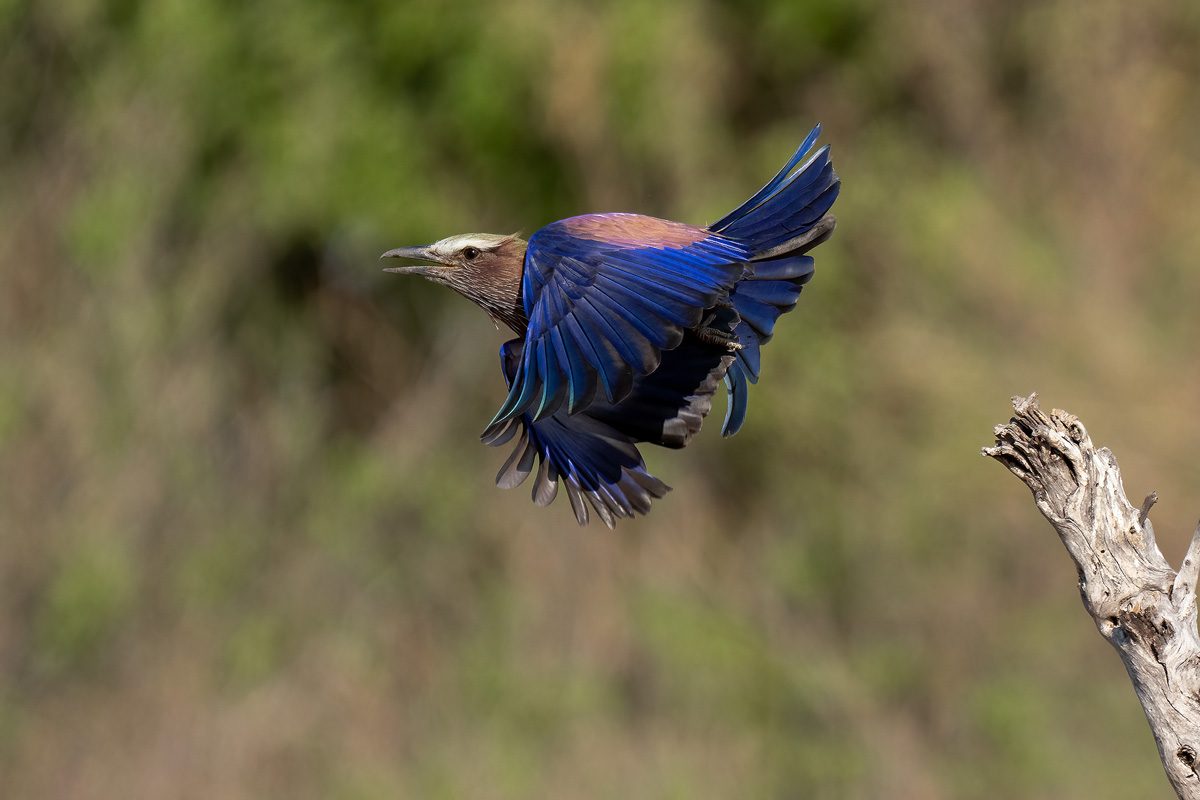
So, in essence, the gear was helping to make her a “better” photographer. However, the improved features of that camera were not helping her at the same level they would someone with lots of experience and good technique.
While she did get some killer shots, she still struggled with keeping the bird in the finder for more than a few seconds. A more seasoned BIF shooter would have enjoyed a much higher keeper rate.
In short, if you master every technique required for successful bird-in-flight photography (or whatever type of photography you enjoy), you’ll discover that you can immediately leverage the benefits new gear brings to the field. If any technical aspect of the camera was acting as a limit before and is not in play now (frame rate, AF performance, buffer depth, ISO, etc. ) you’ll instantly see a higher keeper rate.
In some cases, your new gear helps you get the most from a limited skillset. In other cases your skills were beyond the cameras abilities and you were boxed in by the technical limits of your old gear.
However, proper gear and technique can only get you so far…
Pillar 3 – Artistic And Creative Intent
This pillar is where you graduate from snapshots to artwork.
While proper gear and great technique can consistently land you sharp, properly exposed images, the real magic comes when you start to work with creative intent.
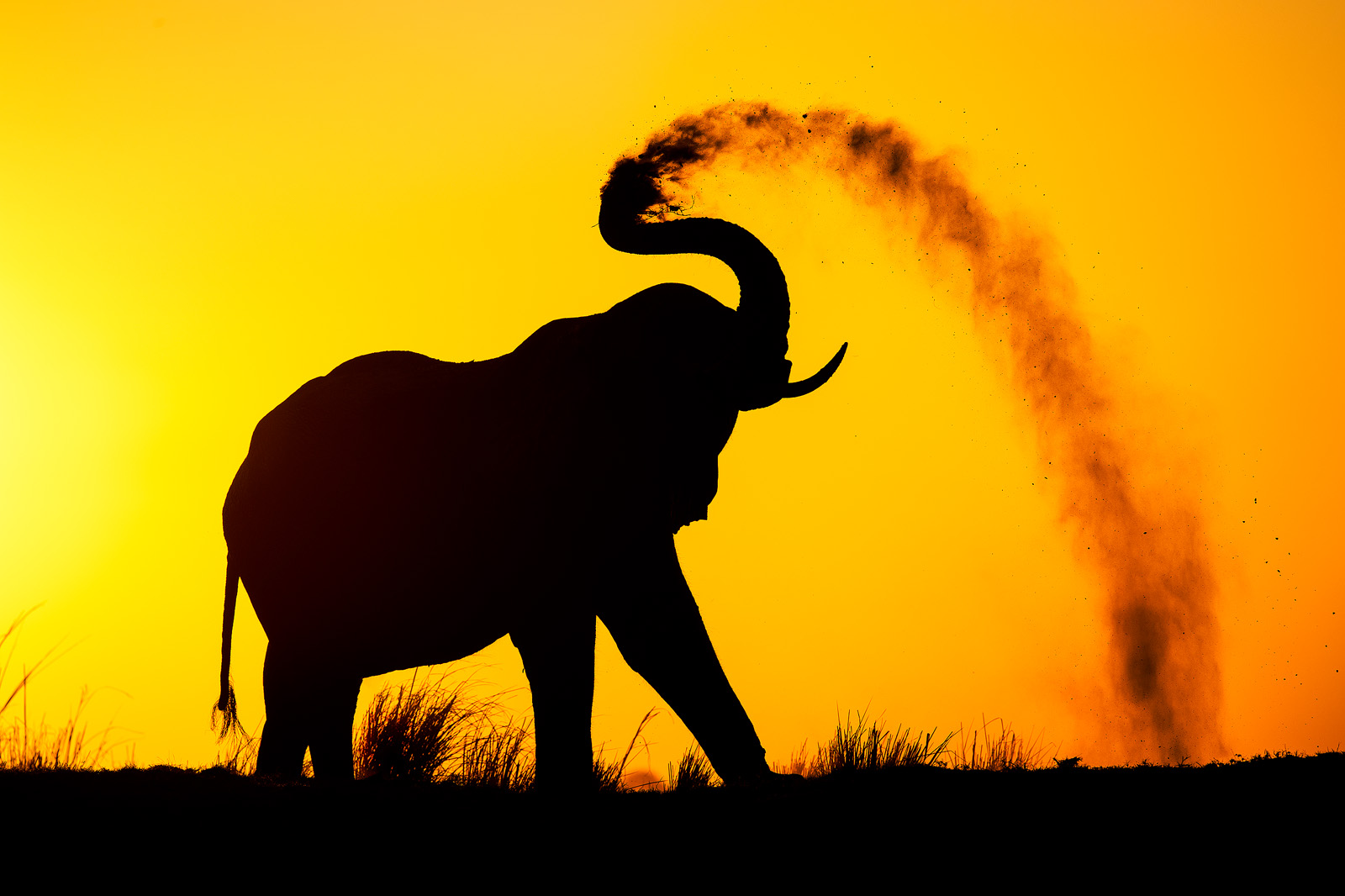
The power of photography lies in the artistic vision and field techniques of the person wielding the technology. Recognizing great light, seizing unique opportunities, leveraging interesting angles, exploring unique compositional possibilities, and learning to tell a story with our images is where you start to drop the collective jaws of your viewers.
Leveraging the potential of an opportunity and discovering a way to turn it into a compelling, story-telling image utilizing the technology in our hands is what really makes a photographer.
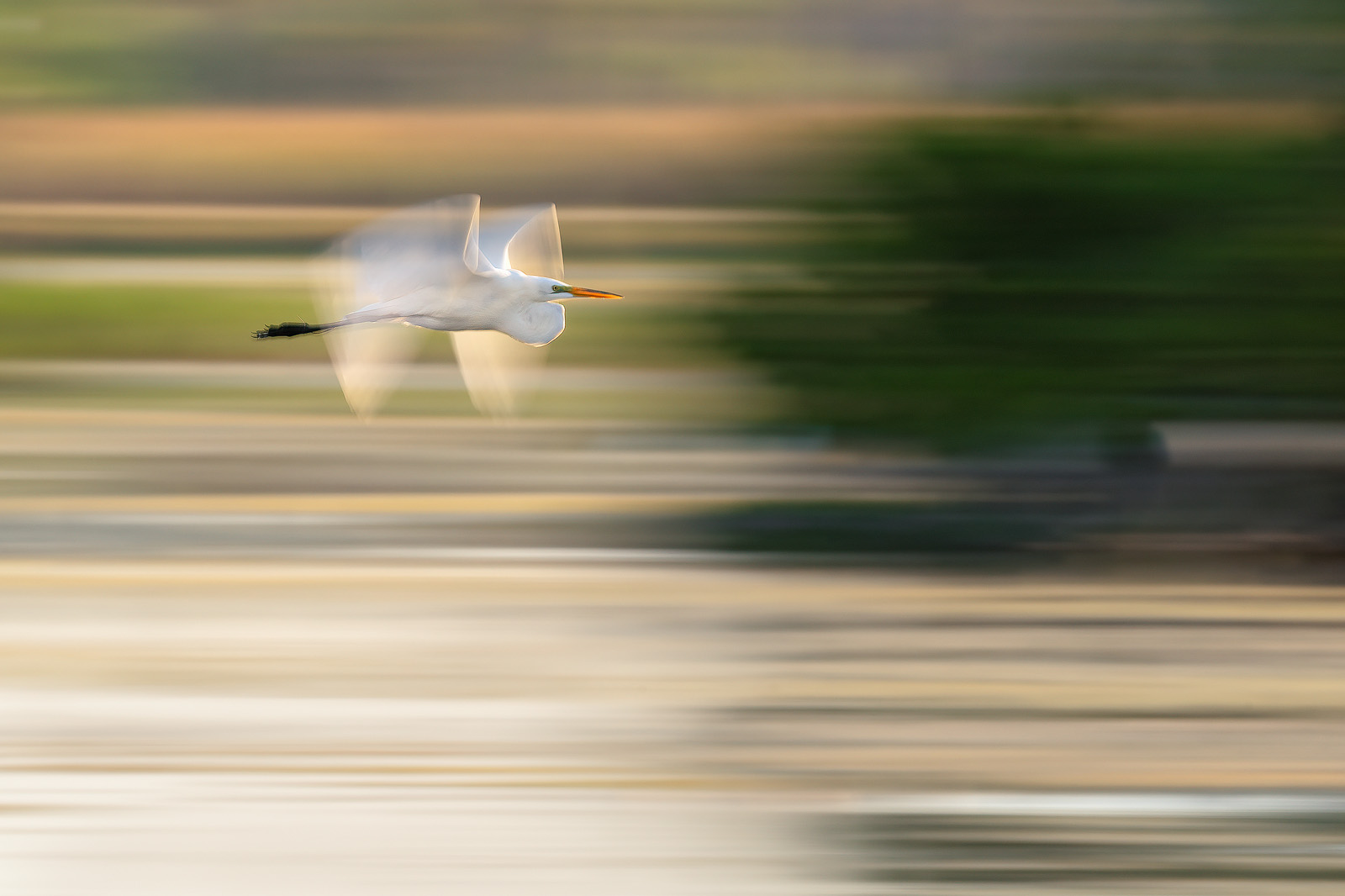
Remember, with practice, anyone can go out and create a field-guide shot that perfectly documents an animal.
The best photographers I know are experts at dovetailing a camera’s technical advantages with their field techniques to produce an image that connects the audience to the subject in an emotional way. They unlock ways to use the newly-minted technology in their cameras to go in a creative direction that they hadn’t tried before or that wasn’t possible due to technological limits.
If your images aren’t soliciting some kind of emotional response or telling a story, it’s a sure sign you’re leaving your 80% to the emotionless circuitry of the camera. Gear alone doesn’t help with the “soul” of an image. Choosing quality light, compositions, and having artistic intent isn’t something that’s readily baked into a circuit board.
That’s what makes photography a never-ending pursuit. Every time I capture what I consider a “great” image, it’s only a matter of hours (or minutes) before I’m trying to top it.
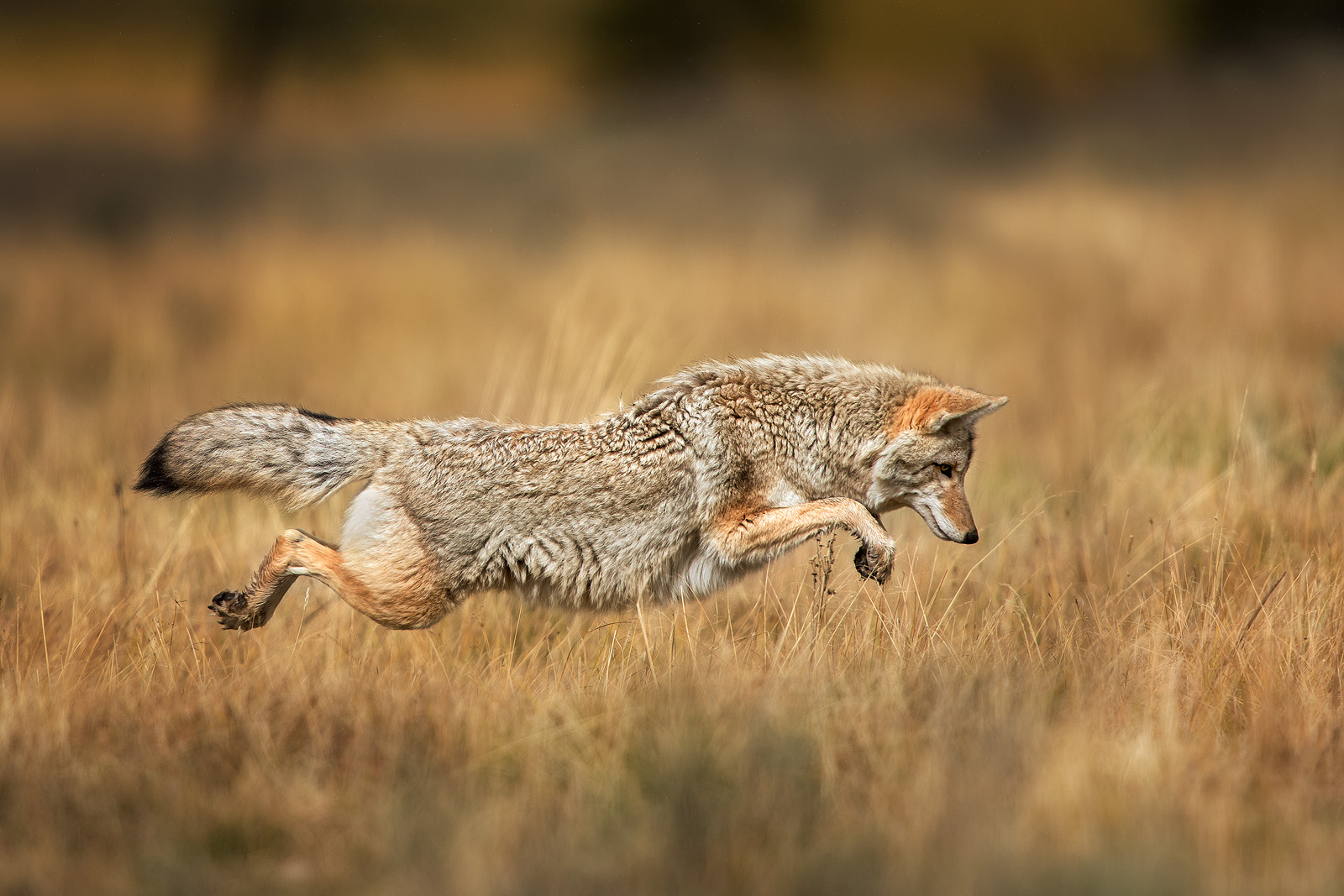
For me, better cameras and lenses are simply a means to an end. All I ask from the technology is that it allows me to maximize my current skillset and maybe even allow for some improvement. The real magic – the real fun – comes from challenging yourself to progress to better shots that push both your technique and artistic abilities beyond their current limits.
The “rule” I use to describe this relationship is the 80-4 rule: 80% of a great image comes from 4″ behind the viewfinder in the form of technique and artistic intent.
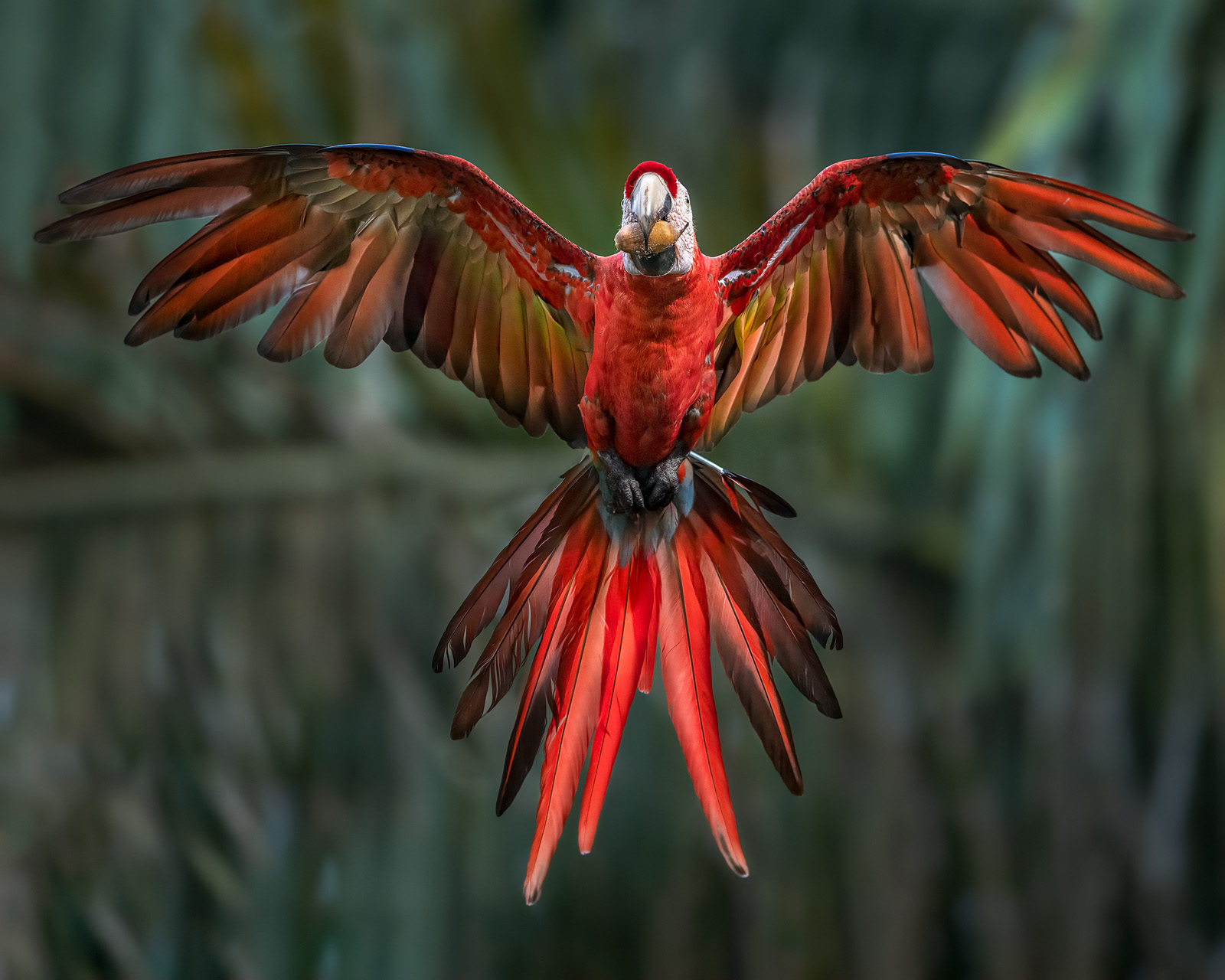
I often see comments where people lament that cameras are getting so advanced that soon a photographer will become optional equipment. They worry cameras are becoming too automated and soon the challenge of photography will vanish.
The truth is, for the field-guide shooters of the world, that’s probably true. For the artists, the real journey is just beginning.
As always, your comments are welcome and appreciated. Please share this article with others 🙂
~Steve
PS – If you enjoyed this post, I think you’ll REALLY like my e-books and video workshops! Thousands of pages and hours of videos filled with tips, tricks, and techniques – all my best content! Check ’em out – click here (hey, it’s free to look).

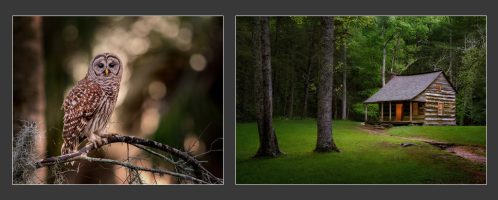
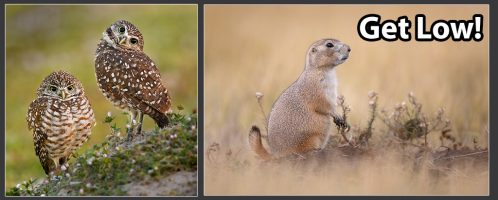
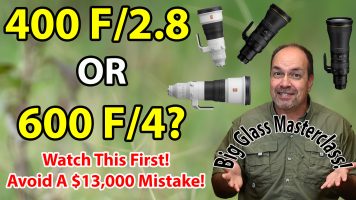
Excellent article. So true and your words of ‘wisdom’ apply to when photography began and well into the future. I always think back to the amazing images that Ansel Adams captured in his time with what today would be called ‘primitive equipment’. Yet his work is still the gold standard for Landscape photography. It was his complete knowledge and understanding of his equipment and skill with artistic vision that created art from the moment of capture to finished print that made his work compelling. In this article, Steve has articulated how a creative Artist leverages the technical capabilities of their… Read more »
It’s such a great “back to Earth” article, Steve. Well done!
Steve, Article hit home. I was in process of switching camera systems but after adding up my lens investments and what lens I could afford I decided to rededicate myself to back to basics. I started spending more time with your e-books on understanding secrets to Nikon autofocus, nikon metering, stunning wildlife and started taking only one lens on outing and utilizing the information and tips you provided and discovered 90% of my problem was me and 10% the camera. After sticking with it and following your guides I have had people thinking I had switched. Not only my keeper… Read more »
….shallower that an Instagram influencer….Classic!!
You have summarized what I have been arguing about with many people so beautifully, and cleared up many of my doubts
I absolutely love everything about this article – just perfectly stated. Too many great lines to cite. Thanks for all the amazing content Steve!
Hi Steve, I couldn’t stop noticing in your last YT video that you were using a Sony camera. Are you planning on changing systems or it’s just a test drive? I’ve always liked Nikon, sadly I shoot a Canon because of not having a budget to go back to Nikon, still, I feel the mirrorless doesn’t seem like Nikon anymore, specially the autofocus. I was so used to the d7000 and d7100 I had, I don’t think I could go smaller and with a different feeling ergonomically.
I recently bought an iphone with RAW capabilities. I now consider it to be my second camera (after my Nikon DSLR) and have shot many keepers with it. More than anything else, the iPhone taught me that expensive gear is not essential to making great shots.
Pillar 3 to me is the most important. However, I’m not sure everyone is born with this capability. It’s like the masters say in the music world::you can play notes or you can make music’
Exactly what I was thinking and I was surprised Steve left that out, but I guess he has to be politically correct. You might not want to tell a large audience of your followers or subscribers this fact. You can certainly learn photography techniques and buy the best gear, you can learn to be a good photographer. You’ll even probably impress your family and friends with your work. But the third and a half or forth pillar you can’t teach. Either you’re born with artistic abilities or “an eye” as I like to call it, or your not. You can… Read more »
Excellent article!
I agree that sometimes the focus is too much on the gear and not on technique, composition and dedication. Though there is something to be said about finding that magic lens. I found my magic lens about a year ago in the 300mm f/4 PF. I originally bought it just for wildlife, but now I use it for almost anything. Macro, flowers with dreamy background bokeh, landscapes, you name it. Maybe I just got a really good copy, but the images I take with that lens just get more “Wows”.
Thank you Steve. This is one of the best articulations of the combination of factors that I’ve seen. And I particularly love the 80-4 rule! Thanks again!
This is a well-balanced opinion. The brush doesn’t make the painter, but a painter with rubbish brushes is in trouble.
The pictures with the first part prove the point. Keep blogging with the open mind.
Very happy to see you on the mend and back in the blogging saddle, so to speak, Steve. As always you made some very valid points and considerations regarding gear upgrades and concerns for better imagery. Is there any chance for perhaps some future articles, videos, etc. on those camera/gear/field techniques that have served you best over the years? That would be of immense value to some of us that are shooting with what we’ve got while building up those nest egg$$$$-to-be -liquidated-for-future-purchase of gear. In particular, I’m still looking for that large zoom lens control when it comes to… Read more »
This is one of the best general articles on photography that I have ever read. Your ability to write in a seemingly casual but incredibly knowledgeable and motivating way keeps me coming back to your site and making notes to help me not only be a better photographer, but to teach others more effectively. The knowledge and experience that you write and speak about may be focused on wildlife photography, but I find that it is applicable to so many other genres of photography. I consider you to be a true sensei that is not only a master of your… Read more »
Wow -thanks so much!!
Thanks for this discussion Steve. I look to the axiom “don’t just learn what your gear can do, learn what you can do with your gear” I switched to a mirrorless system just over a year ago after investigating the different features. Some were great marketing things that I really did not see a use for. My thought process was to envision how I would change my technique with a different camera. It was helped along by a session with a local photo pro who had switched to mirrorless. I asked her how her approach or technique changed. Took a… Read more »
Great example! Thanks for sharing!
Excellent article and I am in total agreement with you. I find it amusing that many of the people who espouse that it’s not the gear, it’s knowing what to do with the gear that matters, are often the people with the latest cameras and lenses. As you point out, it’s very important to understand how to take advantage of everything that higher-end gear has to offer, but if you have that knowledge there is no doubt that better gear can increase your keeper-rate. The third leg, artistic and creative intent, was something that I did not appreciate when I… Read more »
I had the same experience. All I wanted was a sharp, well exposed image and I thought that was the pinnacle. Now, I only consider that part stepping though the door!
I have good equipment and over the years have learned how to select new cameras and consider price. My photography has consisted mostly of event photography, which has created a cash flow. With COVID-19 stopping all that I have turned to a local wildlife sanctuary to practice and just have some fun doing what I enjoy most, photography. The best thing about this new venue that I go to is that I get to practice my craft and capturing Canada Geese in flight has become habit forming. There is no doubt that I could not get the keepers I get… Read more »
To learn from the best could be the fourth pillar of a great image – and you somehow snuck that in too. Always enlightning to read and watch what a master of the game will share so generously. Thank you! Made me think about how knowing what new gear to crave is so important to making that gear matter to your images. Was oh so tempted to buy a second hand 70-200 2.8 for all that low light goodness and street cred of a big lens. Or is it off road credibilty? 😉 Came to realize that what I probably… Read more »
Wonder dissertation, Professor Perry, on what it takes to move from being a technician to an artist. I want to be a photographer just like you when I grow up! ;0)
Glad to hear you are mending, hopefully soon you’ll be back to normal.
I enjoyed the article quite a bit. But I do wonder what the article would look like if you were a landscape photographer and not a wildlife photographer. Camera upgrades for a landscape, or many other types like a portrait shooter haven’t had the dramatic differences that wildlife has seen. Granted eye detect is useful for a portrait shooter, but its not like we couldn’t take a second and move the focus point.
I think the main message stays on target for any type of photography. Picking the right tool for the job and does the new gear solve any problems? If not, you probably don’t need it. If I were shooting mostly or primarily landscapes, I wouldn’t care much about the new Z7ii – it’s not offering me anything that would solve any problems. However, since I do mostly wildlife, the small performance improvements were worthwhile. It all depends what you shoot and picking the tool – or sticking with the tool – that gets the job done.
Ever try using a 400mm f2.8 lens at a wedding? I’ve put it in the balcony of very large churches and got some unbelievable stuff. I get the usual wide angles from high above, but the 400 gives me images I could not get any other way. I like to think that puts me a bit ahead of other folks shooting events.
Great article. I agree with you that the photographer takes pictures with his skill, but without the right equipment, not all shots will be as successful as they would like.
Rally very interesting
A very nicely rounded article with an excellent ending, Steve. Great to see you on form again. Take it steady and keep gaining strength for that 600mm f4 down the line! Thank you, Bruce
Thank you for this article and for sharing your thoughts with us again so soon after your serious illness.
I am in the transition to mirrorless photography and have been considering for months whether it makes sense to replace my old D800 with a D780 as my final piece of f-mount equipment.
I’m going to revise my thougths now and look at it from the top of the pillars you described. I am optimistic to come to a decision as long as the D780 is on sale 🙂
So glad you are rebounding from CoVid. It put me out of commission for 3 weeks but feel lucky I never had to be hospitalized. Recently discovered you researching Nikon focus shift shooting. Like all good teachers, your video tutorial answered questions I didn’t know to ask. Thank you so much. And that is the fallacy of the argument about “the camera/technology advances make the photographer optional”. If one cannot/has not mastered the capabilities of their present gear it is unlikely they will benefit from better equipment much less fully utilize the advances of newer equipment. The corollary to that… Read more »
There are actually 4 pillars to a great image. The 4th is Perseverance. Going out and thinking just because you photographed an animal means your done and can check that one off your list is not going to cut it. Great photographers spend days, weeks or even months following that animal trying to get the “perfect” image that tells the story in a single shot. It also means getting up at 5:00 am when you would rather sleep in to go take photos and hike for miles when it would be easier to drive around in a car hoping to… Read more »
Wonderful article that touches on the key aspects of the art of photography. Thank you for sharing your perspective and insight. There’s always something new to learn! I want to wish you the best on your road to recovery, Steve.
Great food for thought, Steve. Thank you for sharing your wisdom. You’re a wonderful teacher. Feel better soon!
Wise words as always.
At some point we need to work out what our style is.
It can help to go over the archive and pick our best 5 BIF shots for example, our best 5 environment or portrait shots, and so on. And then distil what’s common to them.
This is right to the point.
Thank you for reiterating what I think has been a common theme in most of your videos–you can be a great photographer but if you’re lacking the right equipment, you’re limited. Conversely, you can have the ‘latest and greatest’ but if you’re lacking in technique or the knowledge to use what you have, you’re no better off. I recently purchased a 500 PF to replace my 200-500–it’s made a HUGE difference in what I’ve been able to capture. I’m at a point where even if I could afford it, I couldn’t manage a 600/f4 or 500/f4 so the 500 PF… Read more »
Thank you for the great article well written and to the point. I have been following you for a couple of years now and you have helped me understand and set up my Nikon Cameras. I have also enjoyed your books they have been a big help! It is good to see you back I hope all is well.
Thanks Ted!
Hi Steve, very glad you are feeling better. Enjoyed your article, it reaffirms a lot of what I’ve contemplated for a long time . As much as I think I know how my equipment works ,I know there is a lot further to go. BTW, your photograph of the lions is amazing. Best wishes for a full and speedy recovery.
Thanks so much 🙂
Great article Steve! I thoroughly enjoyed reading this as it affirms so many of the beliefs I have. I hope to someday be able to create images similar to yours. Really nice work!
Thank you!!
Hello Steve, glad you’re getting better, even if the fight is not over. I totally agree with your angle (pun intended). I shoot with a Z6 and D850, and while both are wonderful cameras, they “own” certain situations and deliver better results when used with a purpose in mind. To add to your point on artistic and creative intent, it is exactly what I was considering when buying my last lens. I was quite interested in buying a Z 24-70 2.8 for my Z6, but decided to walk away from the store to reexamine what are my main subjects, I… Read more »
Thanks so much and I think you made the best decision. I think you’ll enjoy the new lens and the results you get from it.
First I’m glad that you’re feeling better and making significant progress. I’m sure it doesn’t feel fast enough to you. It was wonderful to read an article that stated that better equipment can enhance your photographs. I admit my technique is not up to par yet, however I do find some limitations with my present Nikon D5600, in particular, in low-light canopy situations and with birds in flight. I have finally graduated to capturing some images of birds in flight, but I find the frames per second limitation on the D5600 frustrating. I may get a few shots in focus… Read more »
You may be surprised how good you are when the D500 comes in and the camera isn’t setting the limits anymore 🙂
Often, people actually have a much better skill set than they think, but are held back by an entry-level camera’s capabilities.
Have fun!!
You will love your new D500. I bought one three years ago. It was a complete game changer in all aspects of my photography.
So glad to hear that you’re feeling better and are on the mend. As always, you seem to be right on the mark. I have learned more from your articles and your books than from the many others I have read through the years. Because of that, I have more confidence and my capture rates are much better. Thank You!!!
Thanks so much!!
Steve, glad your recovery is going well. Keep up the exercises and eventually you will be back to normal. I’m at the point in my life that my D850 is all I need to capture wildlife images on a consistent level. If any upgrades are to be made, it will be in glass. But the next level up from my existing 500 mm PF f/5.6 will be a bank breaker, so I’m probably very content shooting with my current gear. My other intermediate length lens is the 300 mm PF f/4 lens which is probably the sharpest lens on my… Read more »
Hi Tim –
Thanks 🙂 Nothing wrong with the 500 / 300 combo – there’s not much those lenses and a D850 can’t do!
Hi Steve Glad your feeling better. I have been a Nikon shooter for years. I’m happy to see you using Sony gear I just decided to pre order the sony A1 and my favorite lens is the 600mm f4 so I ordered that also. Have not received them yet but I am very excited. Hopefully I can get some time with them so I can bring them on the Costa Rica trip in July.and your Africa trip a year from May. I Love you’re writing style. Cannot wait to meet you and your wife. I’ve read all your books and… Read more »
Thanks Leon – I think I’m taking Sony for both of those trips too (maybe with a little Nikon tossed in). I look forward to meeting you!
Hi Steve just writing to say how much I enjoyed this article. I’m glad to hear your feeling better it’s a very strange time in the world. I have to say the photo of the Lioness and the cub is the most beautiful one I have ever seen it really moved me. I’m not a nature photographer I like to shoot sports Women’s Rugby in particular but everything you write about on the site and in your books has helped me to be a better photographer. So thank you and keep well. John in Ireland
Thanks so much! That photo is one of my all time favorites so I really appreciate the comment 🙂
Good article, Steve. Much for even the “seasoned photographer” (salt/pepper?) to learn from. Re; your statement “I often see comments where people lament that cameras are getting so advanced that soon a photographer will become optional equipment. They worry cameras are becoming too automated and soon the challenge of photography will vanish”, I remember seeing the very same comment when Nikon introduced Automatic Multipattern Metering. I guess that “The more things change, the more they stay the same”.
Thanks! LOL, it’s funny, with every advance (matrix metering autofocus, digital, etc) there’s always those who think it’s over for photography and the artists of the world keep proving them wrong 🙂
Thanks again Steve for another well written article with your usual seasoning of wit. So good to hear you are progressing but for an active person like you must be enormously frustrating. I agree with all what you have said. Another aspect for me is the joy of using wonderful technology. The human endeavour and imagination to create modern cameras is just wow! Picking up my Z7 is like jumping in a sports car.
Best wishes
Nev Steer
Thanks 🙂 Yeah, it’s tough running at 1/4 speed, but each day it gets a little better so that keeps my spirits up 🙂
Thanks for another great article! I own all of your ebooks and they are a treasure trove of information that is concisely written with great humor and fantastic teachings. I am becoming a better photographer, a baby step at a time, thanks in part to you. Many thanks! I am glad you are feeling much better…stay safe!
Thanks so much!
Equipment vs skill Your examples rightfully show in wildlife photos of the importance of gear as that is your specialty. Obviously you can’t get closeups without long teles excepting shooting from blinds and remote cameras. But there are many other examples of having the right gear to effect a certain look. For example, when soft boxes first became a trendy light modifier, I tried to create that look without having an actual soft box. The results were okay but not quite there. When I got an actual soft box, the first shots I made immediately achieved the soft box look.… Read more »
Hi James –
Agree all the way and thanks for the insights too. (I do tend to be wildlife-centric so how things apply outside that genre is always welcome 🙂 )
PS – A personal note to you. 1. Glad you’re better now. Sounds like you had a close call. 2. Have several of your books which are excellent. Thanks and stay well.
Great article. Funding is another leg on this horse we love so much. I recently bought a new to me D5. After using a D4s, l noticed the keeper rate immediately. That autofocus system is great. Yes, l have your ebook about the system, so setup was straightforward. Using both my 500f4g and 400f2.8E, the detail just seems better as well. Thanks for all you do to keep us up to speed. I try to keep at least one generation from the latest and greatest when feasible, but this is a hobby not a job for me. Your expertise and… Read more »
Thanks! Yes, funding is certainly a consideration. We have to budget all the time for what we think is coming (and decide what to sell to help finance it).
you know the saying “from bad comes some good” well I have been an avid follower and subscriber, as well as purchased your guides and books regarding post processing and focus systems, and this is one of your best, well thought out presentations. maybe the so-called extra time to contemplate or extra rest away from the rat race has brought some good from a bad situation. thank you as always for your insights and professional advice.
Thanks for the kind words 🙂
“The truth is, for the field-guide shooters of the world, that’s probably true. For the artists, the real journey is just beginning.”
That is a very good philosophical summary I would say!
Nice to have you back!
Best wishes, David.
Thanks so much!
Steve, first off: I’m so happy to hear you’re recovering and getting stronger!
You’re insightful comments regarding “equipment making the photographer “ are spot on.
Personally, I’ve recognized the virtues of the Fujifilm medium format to make amazing landscape images, whilst using the lightning fast Sony a9II for wildlife. It boils down to using the right tool. Both are technological wonders. They allow me to make images not possible and more consistently than in the past. However, all the technology in the world can’t guarantee images that stir the soul…and thank goodness for that!
Stay strong my friend!
Thanks so much Jack!
And I agree 100% – you gotta stir the soul with your images and that’s what’ll keep photography alive 🙂
Thank you for sharing this superbly crafted piece of advice.
Thanks for the kind words 🙂